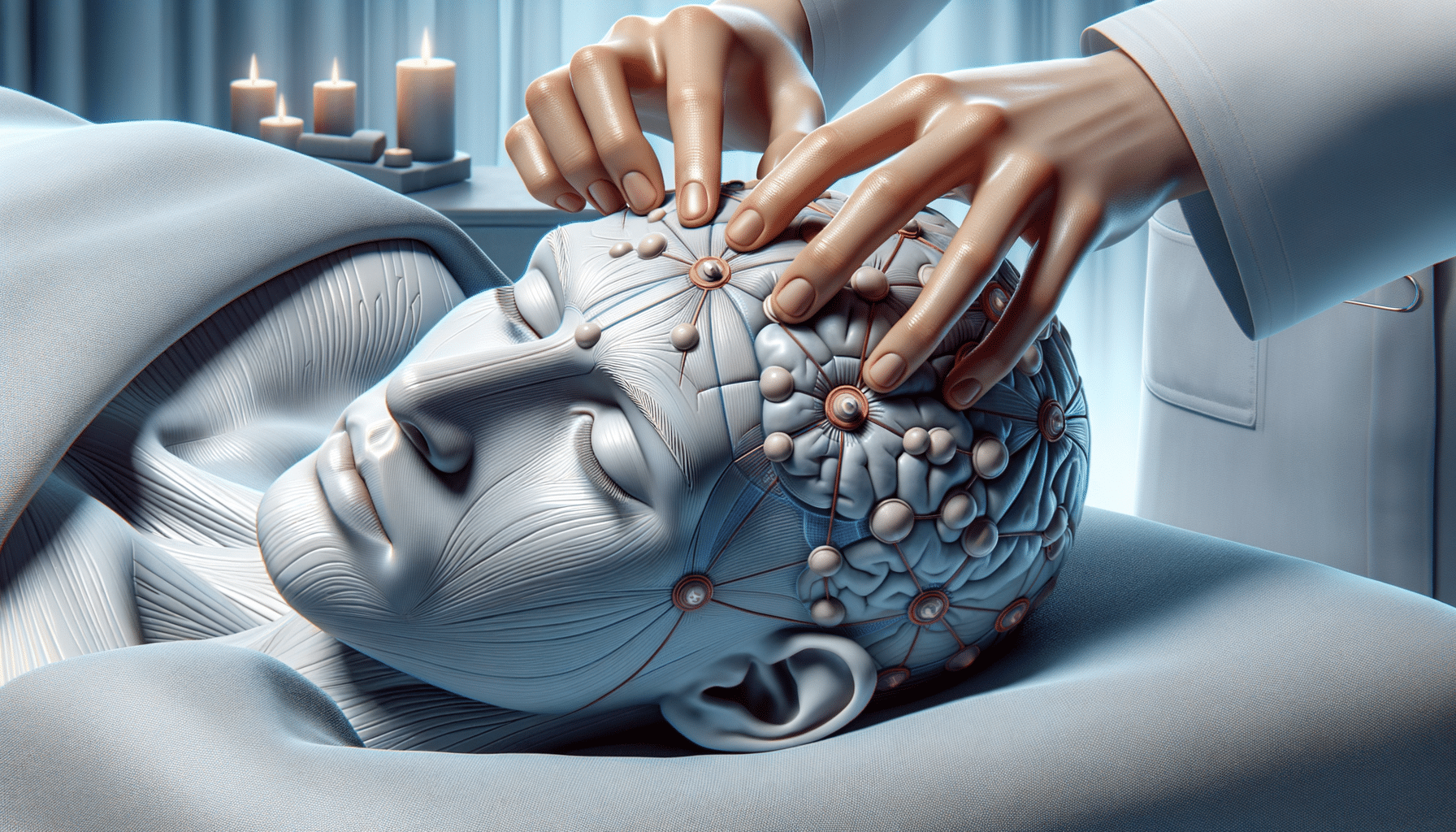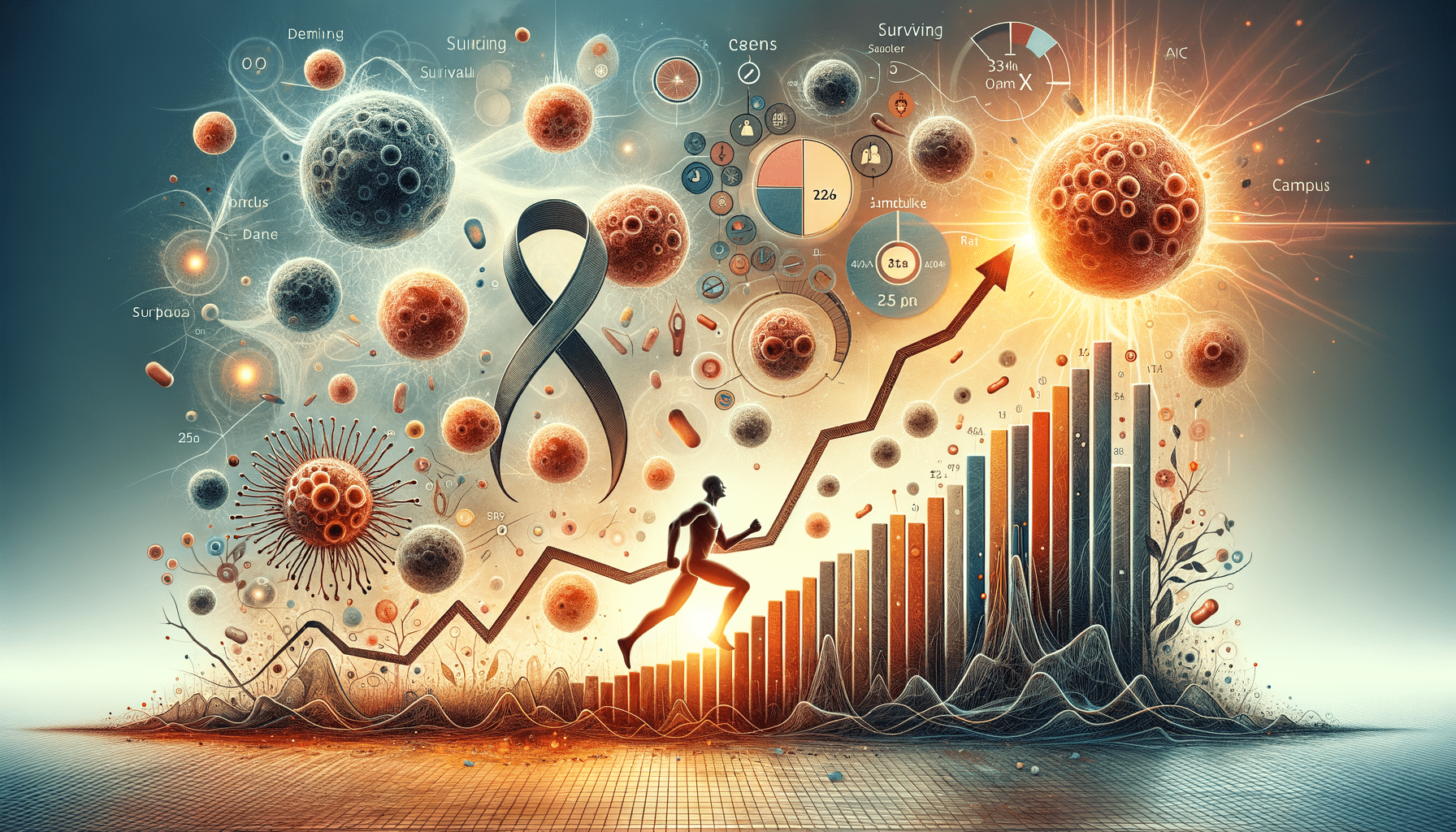
Migraine Massage
Introduction to Migraine Massage
Migraines are a common neurological condition that affects millions of people worldwide. Characterized by intense headache, nausea, and sensitivity to light and sound, migraines can significantly impact daily life. While medication is a common treatment, many are turning to alternative therapies like migraine massage to find relief. This article explores the benefits and techniques of migraine massage, offering insights into how it can help alleviate symptoms and improve quality of life.
Understanding Migraine Triggers
Before delving into migraine massage, it is essential to understand what triggers migraines. Common triggers include stress, certain foods, hormonal changes, and environmental factors. By identifying these triggers, individuals can better manage their condition. For instance, stress is a prevalent trigger, and massage therapy is known to reduce stress levels, making it a valuable tool in migraine management.
Migraine triggers can vary widely among individuals. Some common triggers include:
- Food additives such as MSG
- Alcohol, particularly red wine
- Excessive caffeine or withdrawal
- Bright or flickering lights
- Strong odors like perfumes
Understanding and avoiding these triggers, combined with therapies like massage, can help in reducing the frequency and severity of migraines.
The Science Behind Migraine Massage
Migraine massage works by targeting specific pressure points on the head, neck, and shoulders, areas often associated with tension and stress. By applying pressure to these areas, massage can help alleviate pain and reduce the intensity of migraine attacks. Scientific studies have shown that massage therapy can increase serotonin levels, a neurotransmitter that helps regulate mood and reduce pain perception.
Moreover, massage therapy promotes relaxation and improves circulation, which can be particularly beneficial for migraine sufferers. Enhanced circulation ensures that oxygen and nutrients are efficiently delivered to the brain, potentially reducing the frequency of migraine episodes.
Techniques Used in Migraine Massage
There are several techniques employed in migraine massage, each targeting different aspects of migraine relief. Some popular techniques include:
- Trigger Point Therapy: Focuses on releasing tension in specific points around the head and neck.
- Swedish Massage: Utilizes long, gliding strokes to promote relaxation and improve circulation.
- Aromatherapy: Incorporates essential oils like lavender or peppermint, known for their calming properties.
These techniques can be tailored to the individual’s needs, providing a personalized approach to migraine management. It is advisable to consult with a trained massage therapist who understands the nuances of migraine massage to achieve optimal results.
Conclusion: Embracing Migraine Massage for Better Health
Migraine massage is emerging as a complementary therapy for those seeking relief from the debilitating effects of migraines. While it may not replace traditional medical treatments, it offers a holistic approach to managing symptoms. By understanding triggers, employing effective massage techniques, and working with professionals, individuals can find a path to improved well-being and reduced migraine occurrences.
For those considering migraine massage, it is important to consult with healthcare providers to ensure it is a suitable option. With continued research and growing interest, migraine massage may become a cornerstone in the comprehensive management of migraine symptoms.


